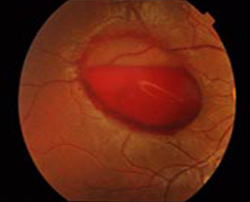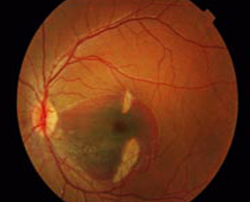Digital fundus photography (commonly referred to as retinal photography or fundus imaging) plays an integral part in eye health assessment. This non-invasive imaging technique enables detailed retinal examination and early disease diagnosis.
This Fundus eye test involves taking high-resolution images of the retina using a special fundus camera. The retina is light-sensitive tissue at the back of the eye that transmits visual signals to the brain; by taking detailed images of this light-sensitive tissue, digital fundus photography allows eye care professionals to evaluate eye health and detect abnormalities or diseases early.



This retinal photography offers multiple advantages in eye care:
It involves several steps for capturing detailed images of the retina:
To ensure successful digital fundus imaging, certain preparations are necessary:
Digital fundus photography involves three steps.
This eye exam plays a vital role in diagnosing and monitoring various eye conditions:

This is generally safe. It is non-invasive, painless, and usually poses minimal risks or side effects; although using eye drops to dilate pupils may temporarily blur vision and cause light sensitivity; but these side effects usually dissipate quickly.
It is an effective imaging technique, but it may not detect all eye conditions. While retina and optic nerve conditions may be easier to spot using digital fundus imaging alone, certain conditions may need additional tests or examinations in order to obtain a comprehensive assessment.
Yes, It can be carried out safely on children. Modern fundus cameras feature child-friendly features to make use easy for Pediatric patients and ensure comfort during the procedure. Cooperation from children during this procedure should always be prioritized.
Mostly side effects consist of temporary blurry vision and light sensitivity; these tend to resolve on their own in short order. If any unusual symptoms continue or worsen, however, it is wise to consult an eye care professional immediately.
Copyright © 2025 | Save Sight Centre | All Rights Reserved.